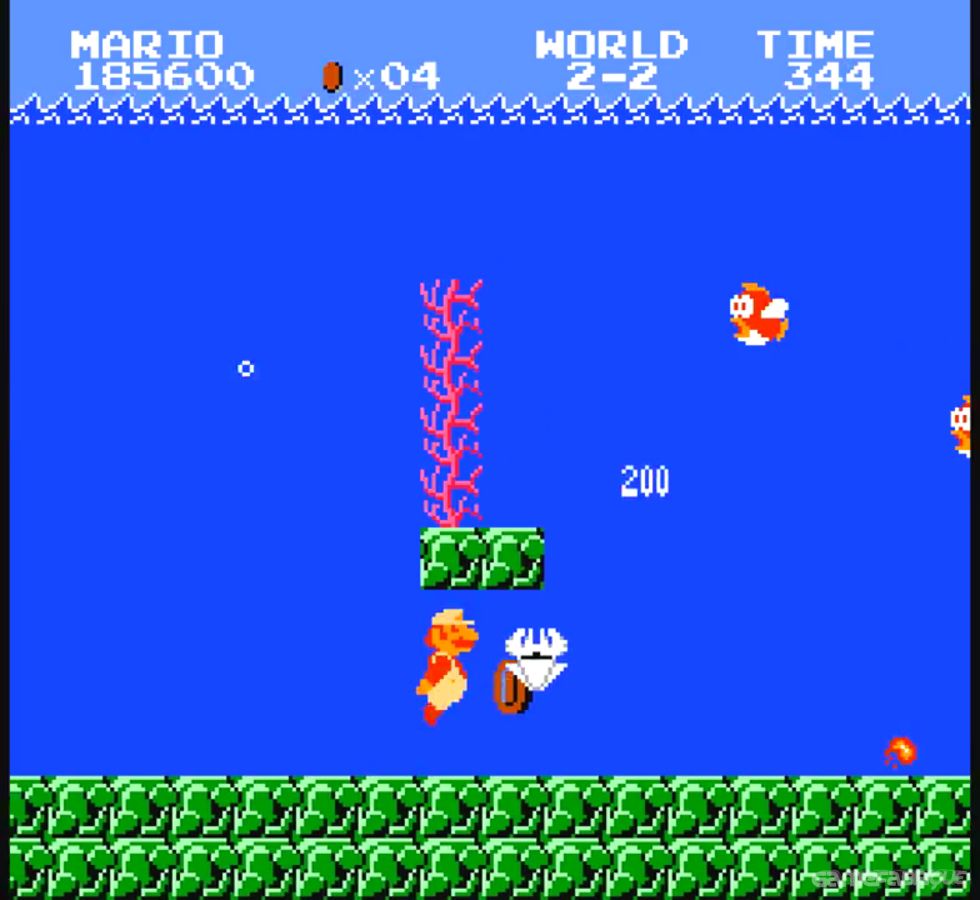

Word of the terrible plight of the Mushroom People quickly spread throughout the land, eventually reaching the ears of a humble plumber. It is said that only the daughter of the Mushroom King, Princess Toadstool, can break the evil spell and return the inhabitants of Mushroom kingdom to their normal selves.īut the King of the Koopas, knowing of this prophecy, kidnapped the lovely Princess and hid her away in one of his castles. In the wake of the ghastly coup d'etat, the beautiful Mushroom Kingdom fell into ruin and despair. These terrible terrapins transformed the peace loving Mushroom People into stones, bricks, and ironically, mushrooms, then set their own evil king on the throne. Once upon a time, the peaceful Mushroom Kingdom was invaded by the Koopa, a tribe of turtles famous for their dark magic. The plot follows like this, as detailed on the game's manual: and Super Mario Bros.: The Lost Levels are exactly the same as in their original releases, but present minor alterations. This game also serves as a successor to Donkey Kong on the Game Boy and as a precursor for the Super Mario Advance series of rereleases, Super Mario 64 DS, and the critically acclaimed New Super Mario Bros.

wherever they went, the inclusion of the previously rarely seen Super Mario Bros.: The Lost Levels, and the great abundance of featured unlockables.

for a whole younger generation to experience, especially to a handheld that allowed players to enjoy Super Mario Bros. The game received critical acclaim for a number of reasons, including bringing back the original Super Mario Bros. This game was initially released for the 3DS's Virtual Console in Japan, Europe, and Australia in 2014, as part of a special offer, and is now available to download for everyone in Europe, Australia, and North America with an added cost. The game was never released in Japan for the normal Game Boy Color Game Pak but rather the Nintendo Power cartridge. It was released fourteen years after the original Super Mario Bros. Deluxe is a platform game released on the Game Boy Color in 1999 as a remake of the 1985 NES game Super Mario Bros., also including its 1986 Family Computer Disk System sequel, Super Mario Bros.: The Lost Levels, as a hidden reward.


 0 kommentar(er)
0 kommentar(er)
